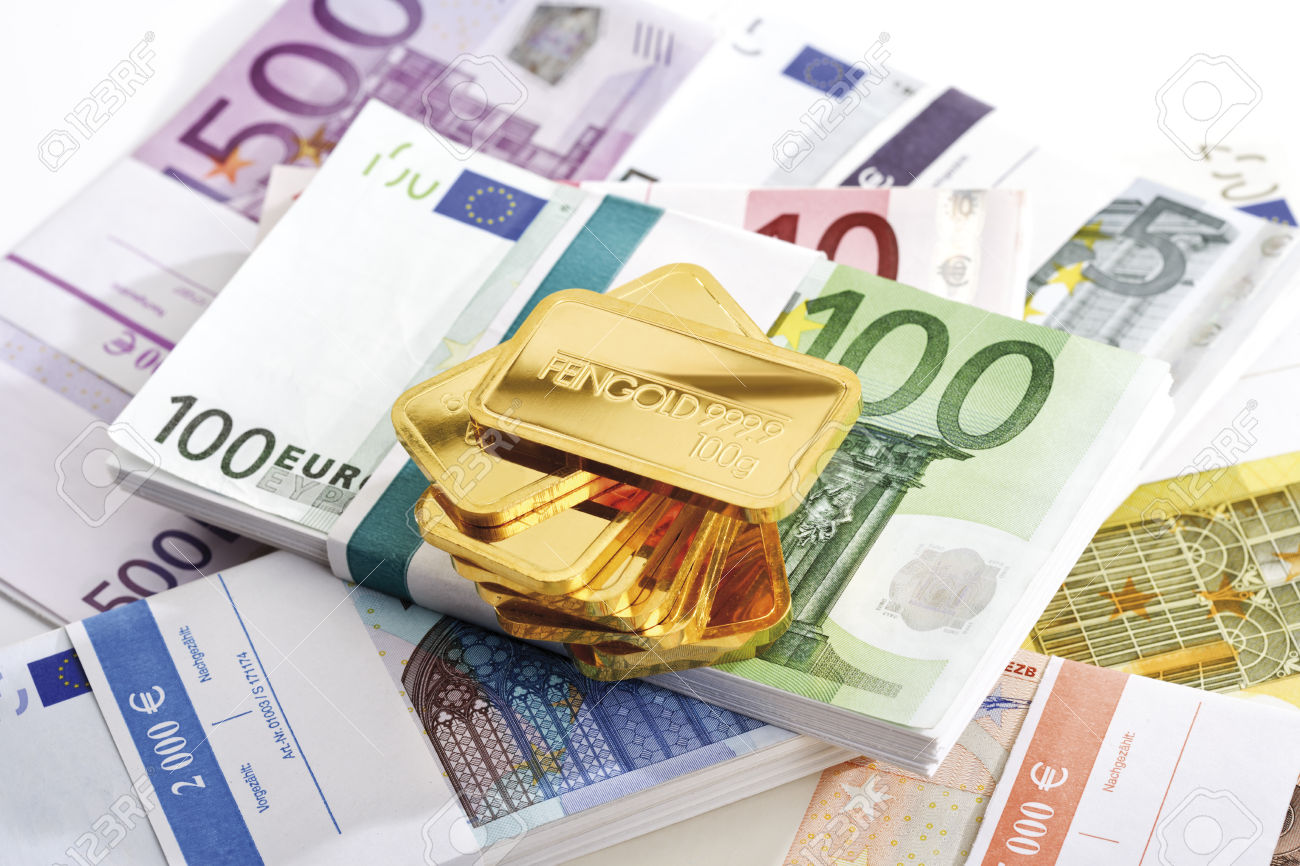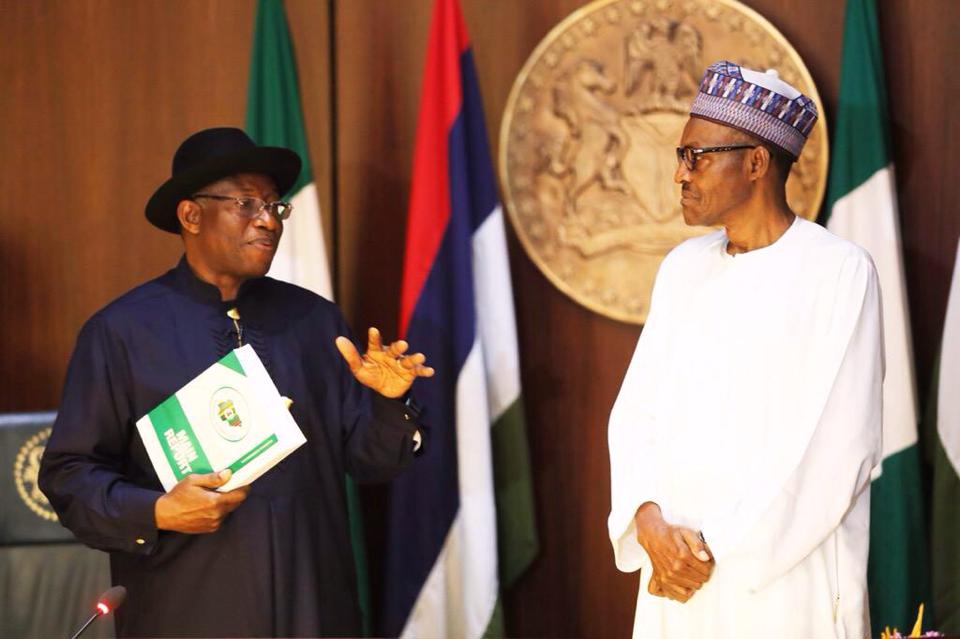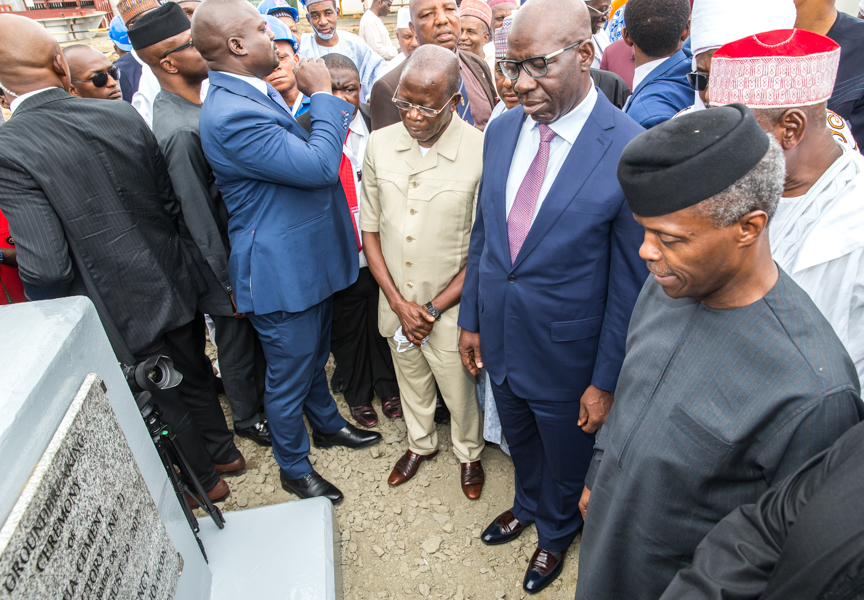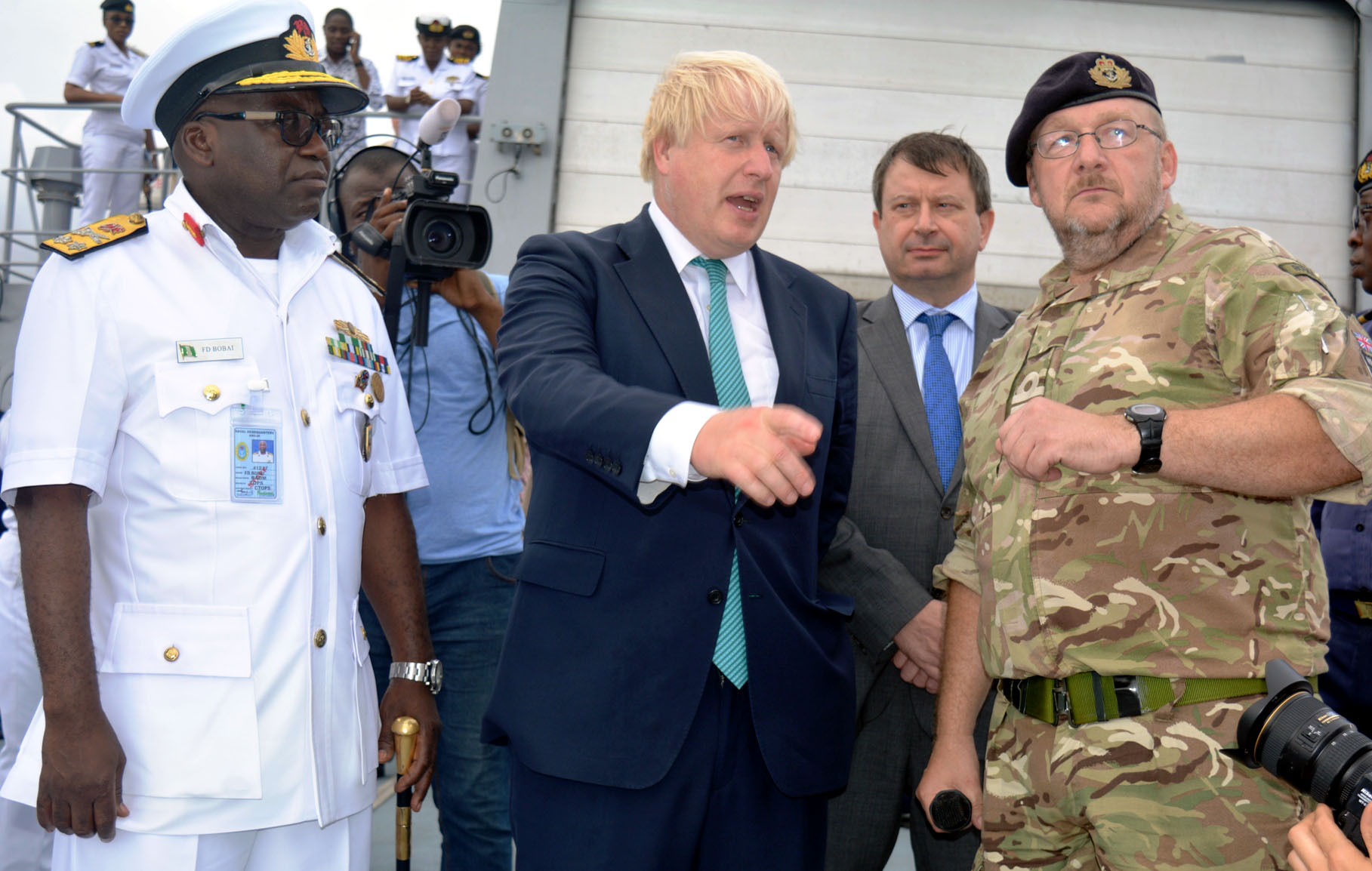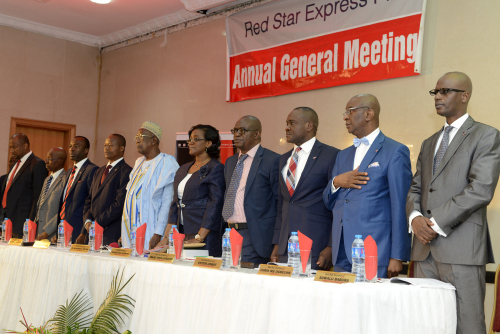Equities across the globe traded mostly in the red on Tuesday, after North Korea launched a ballistic missile over Japan. Although investors have become sensitized to such actions by Kim’s regime, firing missiles over Japan is a rare occurrence and the message appears to be that North Korea is ready to escalate tensions.
Despite the fall in equities and rally in safe havens, the moves are not indicating a massive selloff. At the time of writing, Japan’s indices were 0.3% lower, and Seoul’s Kospi recovered half its losses after 1.7% decline.
Whether another round of global risk off will come into play, relies heavily on the U.S. response. So far, no tweets are coming from President Trump’s account, nor are we seeing an official response from the White House administration. If Trump decides to escalate the matter and hint of a possible attack, the situation will become messy and lead to a severe selloff in risk assets.
Gold seems to have benefited from the tensions, currently trading at a nine-month high. However, most of the gains in the precious metal occurred before the missile launch, meaning that there are different factors supporting prices. U.S. 10-year Treasury bond yields have been falling since 10 July, with total declines of 10.8%. This partially explains gold’s 8.6% surge since then, and investors are still not buying Trump’s tax reforms. Yields should be much higher than current levels, especially since the Fed didn’t seem to back off on raising rates.
Advertisement
Gary Cohn, head of Trump’s National Economic Council, has a high probability of replacing Janet Yellen when her term ends by January 2018. Cohn is not only expected to back financial sector deregulation, but also to keep interest rates low in order to support the implementation of Trump’s pro-growth economic policies. This provides another valid reason to purchase the yellow metal. With ongoing geopolitical tensions, the looming debt ceiling, threats to scrap Nafta, and a low yield environment, gold prices are likely to remain well supported. $1,300 has been a critical resistance level since the beginning of the year, with four failing attempts to break through; after yesterday’s surge however, $1,300 will likely turn into support.
The next big question investors will be asking is whether the Euro will manage to break above 1.20, a level last seen in December 2015. Looking at previous trends, there’s a high potential for the single currency to continue appreciating from current levels. EURUSD is now up 14% YTD and almost 16% from Dec 2016 lows. Back in June 2010, EURUSD appreciated 25.8% from 1.1875 to 1.4939 in 11 months. Similarly, from March to December 2009, EURUSD rallied 21.6%. While the Euro seems to be expensive after enjoying two and half years trading below 1.17, it still didn’t recover half the losses which occurred between May 2014 and December 2016. Whether the EURUSD will break above 1.20, relies heavily on Friday’s Nonfarm Payrolls report, especially if wages continue to show weakness. Any verbal intervention from ECB officials will be considered as buying the dips opportunity, unless we see Eurozone data making a U-turn.
Advertisement
